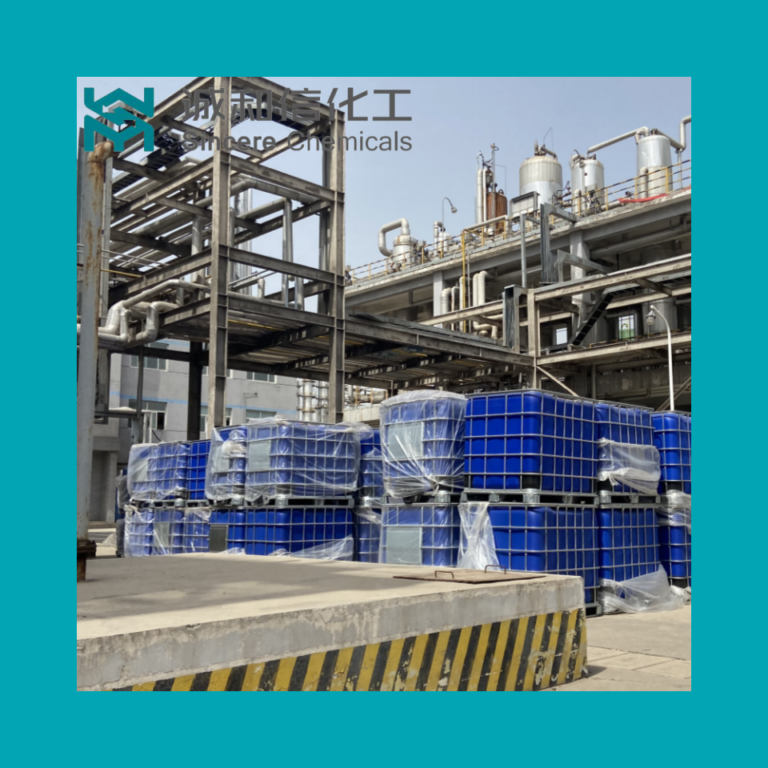From Lab to Pharmacy: The Role of Key Fungicide Intermediates
Introduction:
In the battle against fungal infections, the development of effective fungicides is paramount. Key to this fight are the intermediates that pave the way for these life-saving compounds. Today, we delve into two such intermediates, 4,6-Dichloropyrimidine and 2-Coumaranone, which are instrumental in the creation of fungicidal agents.
The Intermediates:
4,6-Dichloropyrimidine: Identified by the CAS number 193-21-1, this intermediate is a crucial component in the synthesis of various fungicides. Its role is pivotal in constructing the backbone of antifungal drugs.
2-Coumaranone: With the CAS number 553-86-6, this compound serves as another key intermediate in the development of fungicides. It contributes to the molecular structure that equips fungicides with their antifungal properties.
Applications in Fungicide Synthesis:
Both 4,6-Dichloropyrimidine and 2-Coumaranone are utilized in the intricate process of creating fungicides. They are the silent heroes in the lab, shaping the molecules that will one day combat fungal diseases.
Properties:
4,6-Dichloropyrimidine: A specific pyrimidine derivative that is a stepping stone in the synthesis of antifungal medications.
2-Coumaranone: A chemical that adds to the complexity and effectiveness of the final fungicidal product.
Why Choose These Intermediates?
Efficiency: They streamline the production process, making it more efficient and cost-effective.
Effectiveness: They are part of the formula that ensures the fungicides are potent against a wide range of fungal strains.
Versatility: They can be tailored to create a variety of fungicides, addressing different fungal infections.
Innovation with Sincere Industries:
Sincere Industries is at the forefront of chemical innovation, and our work with these intermediates is a testament to our commitment to advancing the field of antifungal therapy.
Conclusion:
4,6-Dichloropyrimidine and 2-Coumaranone are not just compounds; they are the building blocks of a healthier, fungus-free future. Join us in exploring the potential of these intermediates and how they can revolutionize the way we treat fungal infections.







